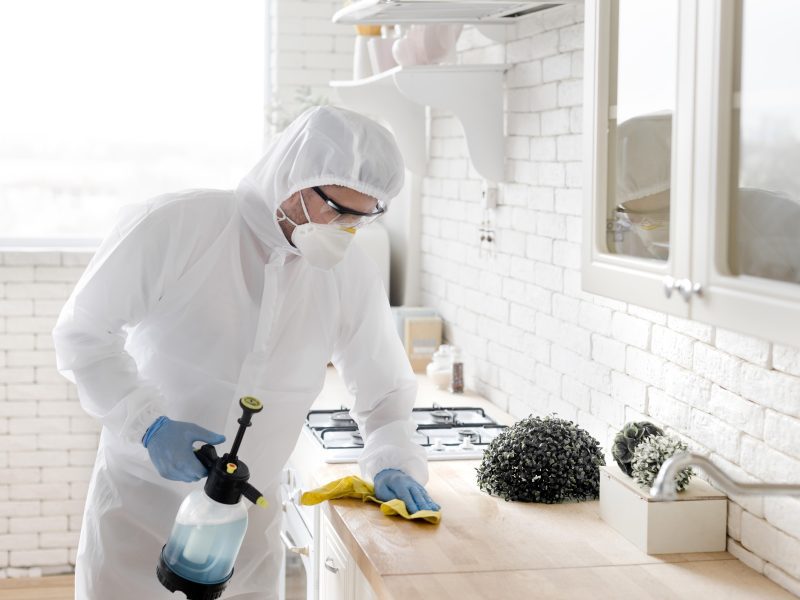
Embrace the beauty of autumn without worrying about unwelcome guests invading your home. Welcome to ‘Fall Pest Prevention Tips,’ your essential guide to safeguarding your sanctuary from pests during the changing seasons. As leaves fall and temperatures cool, pests seek shelter indoors, making prevention crucial. Discover straightforward steps to fortify your home, from sealing entry points to cultivating a pest-resistant environment. By implementing these practices, you’ll create a haven that is pest-free, ensuring a peaceful and enjoyable fall for you and your family.
Tools and Materials
- Caulk or weather stripping
- Cleaning supplies (broom, mop, vacuum)
- Airtight containers for food storage
- Screen repair kit
- Pruning shears or gardening tools
- Dehumidifier (if needed)
1. Seal Entry Points: Pests can sneak into your home through even the tiniest openings. Use caulk to seal cracks and gaps around windows, doors, and other potential entry points. Weather stripping can be applied to doors and windows to create a tight seal. Make sure gaps around pipes, vents, and utility lines are also sealed to keep pests out.
2. Clean and Declutter: Regular cleaning and decluttering are essential to pest prevention. Wipe down surfaces, vacuum floors, and remove crumbs from countertops. Decluttering reduces hiding spots for pests, making it harder for them to establish a presence in your home.
3. Repair Screens: Screen doors and windows serve as barriers against flying and crawling insects. Check screens for any damage, tears, or holes, and repair them promptly. A screen repair kit can be used to patch small holes, ensuring pests don’t find their way indoors.
4. Store Firewood Properly: Storing firewood away from your home’s exterior prevents pests that might be nesting in the wood from entering your living space. Keep firewood elevated and at least 20 feet away from your home to minimize the risk of pests hitching a ride inside.
5. Trim Vegetation: Overgrown vegetation can provide pests with easy access to your home. Trim bushes, shrubs, and tree branches that touch or hang close to your home’s exterior. This removes potential pathways pests could use to crawl inside.
6. Address Moisture Issues: Pests are attracted to moisture-rich environments. Fix leaks and address any areas of excessive moisture in and around your home. Consider using a dehumidifier in damp areas such as basements to create an inhospitable environment for pests.
7. Use Pest-Resistant Plants: Certain plants naturally repel pests due to their scent or properties. Consider planting these in your garden or landscaping to create a protective barrier around your home. For example, lavender, marigolds, and mint are known to deter insects.
8. Store Pet Food Properly: Pests are drawn to pet food, so store it in sealed containers to prevent access. Avoid leaving pet food out overnight, as it can attract rodents and insects. By properly storing pet food, you eliminate a potential food source for pests.
9. Professional Pest Control: If your pest problem persists despite your efforts, consider contacting a professional pest control service. They have the knowledge, tools, and expertise to identify and address pest infestations effectively and safely. You can also contact us, we will help and we have certified people for pest control service.
Taking these preventative measures during the fall not only helps protect your home from pests but also creates a more pleasant and comfortable living environment. By following these steps, you can minimize the risk of pest infestations and enjoy a pest-free fall season and beyond.

Comments